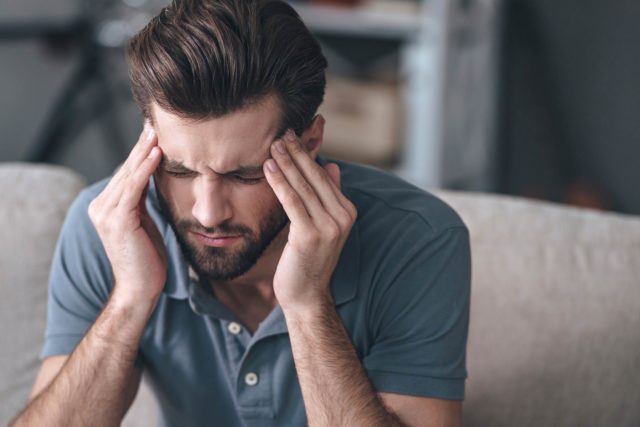Many times we feel a constant pressure to which we subject ourselves either in the workplace or in social relationships, in addition to the everyday climate of tension pushing us to suffer, in some way, from anxiety. The degree and symptoms vary depending on the vulnerability of the person and the help we receive to improve these levels of anxiety.
The psychiatrist Paul Sánchez refers to anxiety as an emotion or feeling that is unpleasant (like anger or sadness). Any human being can experience this feeling in certain life situations such as, for example, events that compromise our integrity or even that of our beloved ones. However, when this emotion becomes recurrent, it appears without a trigger. Even when it compromises the normal functioning of an individual, we may say that we are in the presence of an anxiety disorder.

According to the World Health Organization (WHO), 14% is the approximate prevalence of anxiety disorders in the world population, making it a very frequent condition, which in turn generates other complications such as insomnia, chronic pain, substance abuse, among others. An anxiety disorder is diagnosed when a person: has an extreme response (for example, a lot of fear) to a situation and you cannot control your reaction or alters the way of life due.
It is important to pay attention to the symptoms as to prevent the person suffering from them sinking into more severe crises. Anxiety disorders are very common and there are effective treatments against it. With proper treatment, people who suffer from it can learn to manage and better control their symptoms and improve their quality of life.
Not all disorders are the same
According to the psychiatrist, anxiety disorders are grouped into a spectrum in which the most important aspect is precisely the presence of distress or generalized anxiety disorder. There are also specific forms of phobia in which anguish manifests itself in a single situation, or in a single area of life. In the case of generalized anxiety disorder, it is then different situations or events. In a word, your anxiety is more widespread and, as a result, you will be constantly anxious.
Panic disorder – It is an anxiety disorder in which the affected person suffers repeated sudden attacks of terror in the absence of external stimuli that can trigger them. Frequent episodes of terror accompanied by a strong state of anxiety are called panic attacks or, in some cases, anxiety attacks. Changes can occur in the life of the individual that can lead to avoiding situations or feared places, to flee from phobic stimuli, to rely excessively on people or substances and to try to control at all costs the feared reactions.
Obsessive-compulsive disorder (OCD) – It is a mental disorder in which people have thoughts, feelings, ideas, sensations (obsessions) and repetitive and undesirable behaviors that compel them to do something over and over again (compulsions).
Often, the person behaves in a certain way to get rid of obsessive thoughts, but this only provides short-term relief. Not carrying out obsessive rituals can cause enormous anxiety and suffering.
Post-traumatic stress disorder (PTSD) – It is a real disease. You may suffer from PTSD after living or seeing traumatic events such as war, hurricanes, rapes, physical abuse or a serious accident. Post-traumatic stress disorder makes you feel stressed and afraid after the danger has passed. It affects your life and that of the people around you.
Social anxiety disorder (also called social phobia) – it is a mental health problem. It is an intense and persistent fear of being observed and judged by others. This fear can affect work, school, and other daily activities. It can even make it difficult for you to make and keep friends.
Agoraphobia – It is the “anxiety to be found in places or situations in which the escape may be difficult (or embarrassing) or in which you may not have help available in case of having an unexpected panic attack or predisposed to situations similar to panic. The most common situations include being alone at home; be in a crowd or wait in a row; cross a bridge or travel by car, bus, train or plane”.

